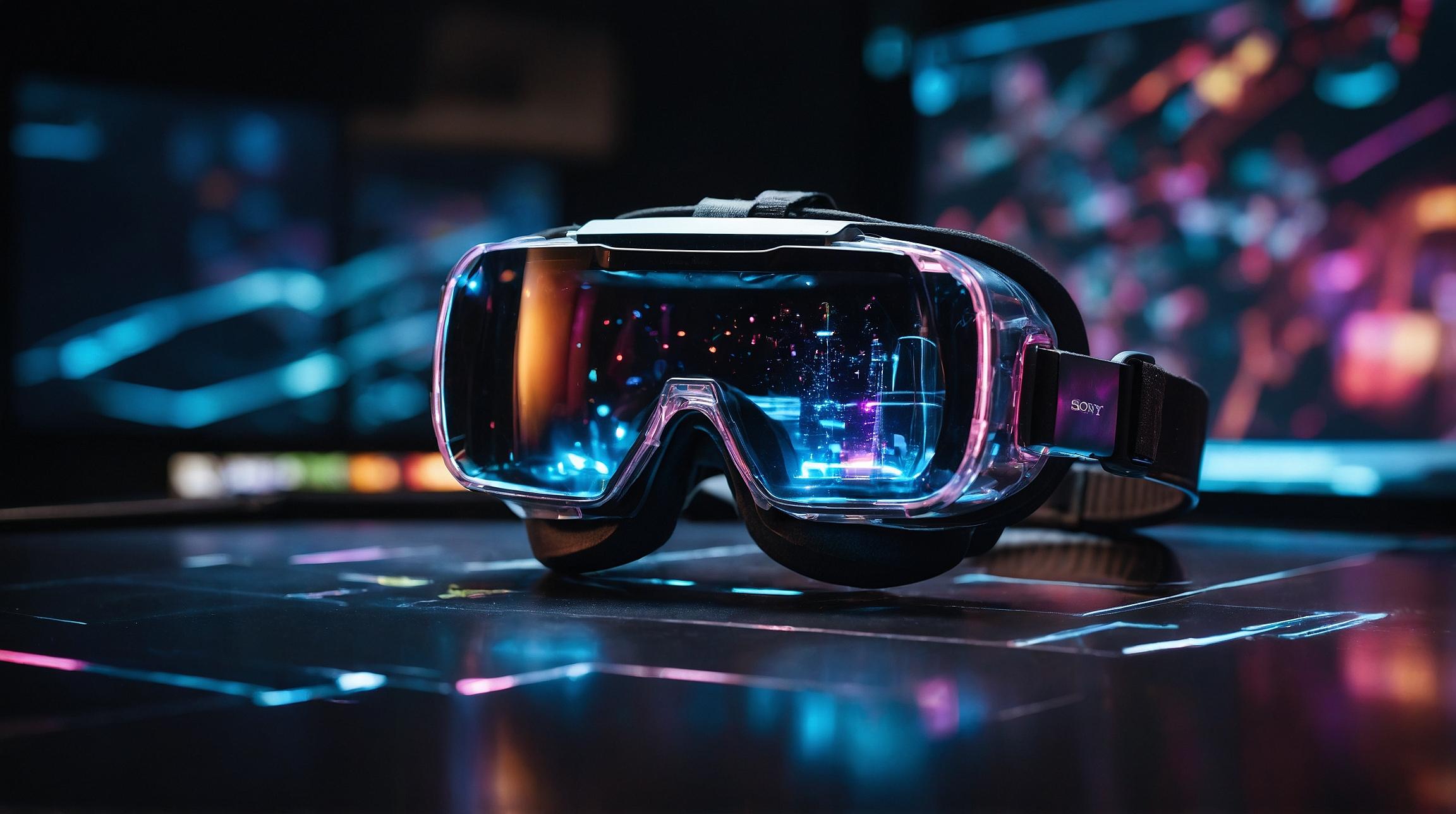VR, AR Headset Sales Decline Blamed on Market in Transition
Global shipments of VR (Virtual Reality) and AR (Augmented Reality) headsets have seen a significant drop, falling by 67.4% year-on-year in the first quarter of 2024, according to research firm IDC. The decline is attributed to a "market in transition," as new technologies like mixed reality (MR) and extended reality (XR) start to emerge and evolve.
Understanding VR, AR, and MR
VR technology immerses users in a completely virtual or computer-generated environment. For example, when you wear a VR headset, you can feel like you're inside a video game or a different world entirely. AR technology, on the other hand, overlays digital content onto the real world, like seeing Pokémon characters in your living room when you use a Pokémon Go app. MR technology blends VR and AR, allowing interactions with digital content within a 3D space, effectively mixing the digital and physical worlds.
Key Brands Leading the Market
As of Q1 2024, Meta Platforms led the market, closely followed by Apple with its Vision Pro headset. ByteDance, Xreal Technology, and HTC completed the top five brands in this space. IDC noted that despite the decline in shipments, the average selling price (ASP) for headsets has risen above $1,000 due to premium models like Meta's Quest 3 and Apple's Vision Pro.
Educating Users and Developing Content
The introduction of high-end devices from Apple and Meta has helped educate users and encourage developers to create mixed reality content. This is aiding in the adoption of the technology, though it comes "at a premium for users". However, there are still more affordable options available in the market.
Future Trends and Price Reductions
IDC's research director for AR and VR, Ramon Llamas, commented on future trends, stating, "Looking ahead, we anticipate ASP erosion across all products." Essentially, as the technology matures and more cost-effective second- and third-generation devices become available, prices are expected to drop. This will be crucial for the mass market adoption of VR and AR headsets.
Early adopters are currently driving sales despite high prices, but for wider scalability, companies will need to reduce prices on upcoming devices.
By understanding the transitional phase of the market and the current dynamics, consumers, and developers can better navigate the evolving landscape of VR and AR technologies.













